The deck is strip-built, alternating western red cedar with white pine; the trim is walnut. Using balsa-wood strips and working by trial and error, Sandy arrived at the shape of his mini-launch.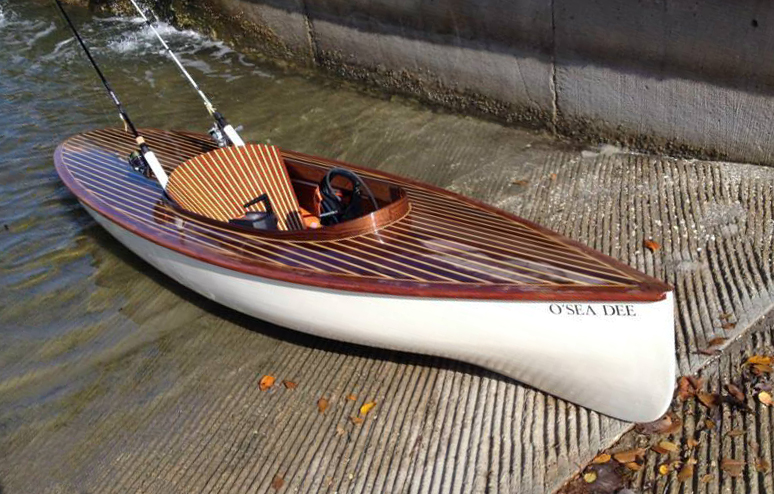 photographs and video by Sandy MacKenzie
photographs and video by Sandy MacKenzie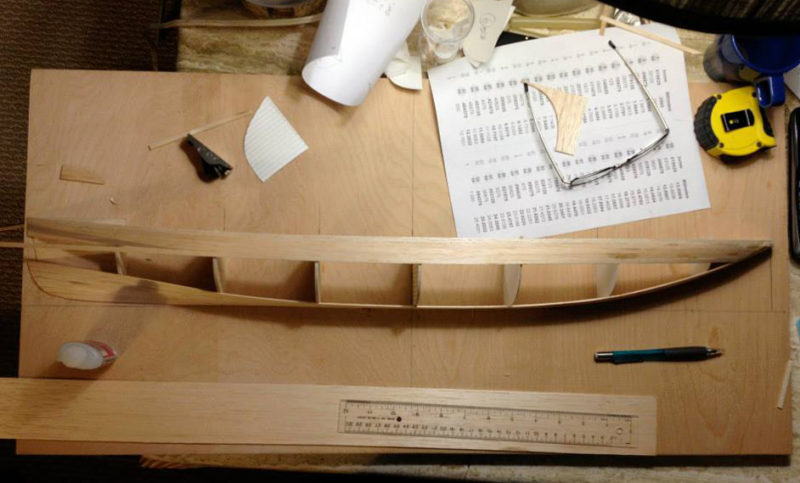
Join The Conversation
We welcome your comments about this article. To include a photo with your remarks, click Choose File below the Comment box.
Comments (13)
Comments are closed.

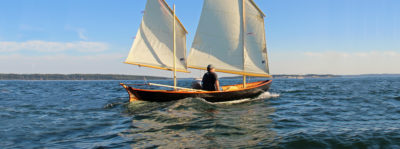
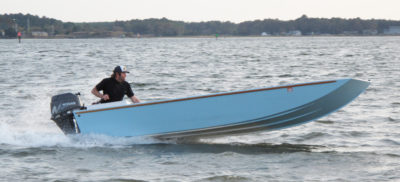
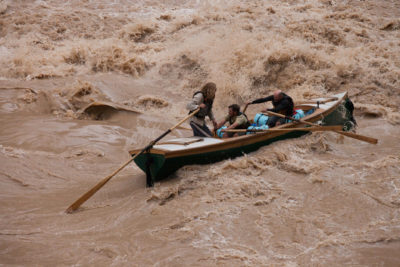
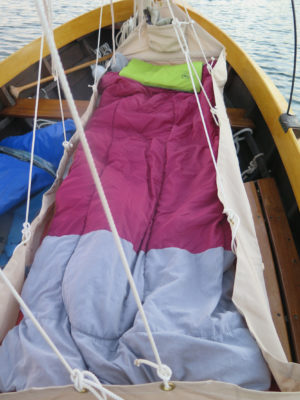
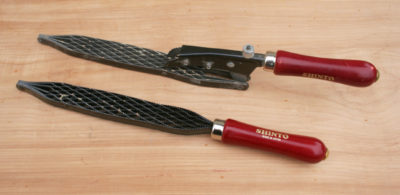
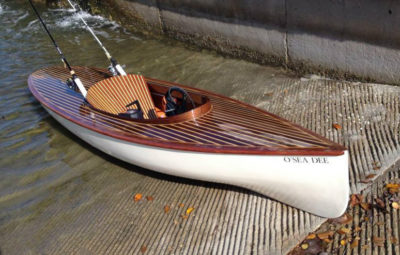

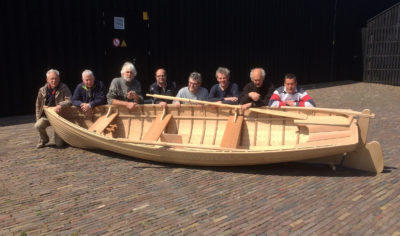
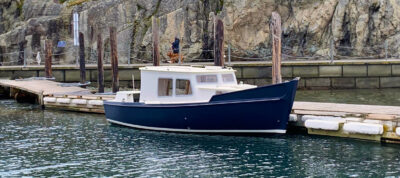

Beautiful craft. Do you have a set of lines for it and are they for sale?
Thanks Vince! Depending on demand, I want to work on a version of this boat that has more weight capacity. This one is a little on the light side, my body weight is all O’SEA DEE will handle ( I average 150 lbs). I want to shoot for 250- to 300-lb capacity. I also want to address a design issue with the hull shape below the waterline, involving the keel. The result will be a more efficient hull design that will be more maneuverable.
Beautiful little boat. The motor looks very interesting, what is it?
The motor is the Hobie evolve, manufactured by Torqeedo and sold as an accessory by Hobie.
Great looking boat. What type of battery do you use to power the electric motor and how long can you cruse at 4 knots?
Thanks John! The battery is a 24-volt lithium pack that comes with the motor. It weighs in at a mere 7 pounds. It can,apparently, provide 8 hours of power if managed properly. At a constant 4 knots, in my boat, I have probably three hours, but that may be conservative. For a test, I went from Wiggins Pass in southwest Florida to Hickory Island Pass through the canals, fighting a strong tide for half the trip, returning via the Gulf to Wiggins Pass. When I returned after being gone for about four hours (I stopped to fish at Hickory Pass), I still had about 25% power left. I believe the whole trip with twists and turns was about 13 miles or more. I actually stayed local for another couple of hours fishing the inlet before returning to the marina with about 15% power, and still no huge drop in power at lower settings. I can be out in this boat all day if my rear end could take the weight for that long! Thanks for your interest.
Very attractive and it does the job! The seat is very nice. What did you use for the light-colored strips between the darker wood? I’m planning a small coffee table for our lake house and I’d like to give it that classic runabout deck look. Thanks!
Thank you, Larry. I used select white-pine strips, with an epoxy/wood flour mix that matched the dark wood so that i didn’t need to worry about gaps in the joints.
How enjoyable! Thanks for sharing. I, too, once built a small wooden kayak for fishing, only to find that my 170 lbs weighed the back end down way too far. I wound up scrapping it. I’m surprised that you didn’t make a “quick-and dirty” test model before putting in all the time to do the beautiful wood work, but it worked for you—even though you have a version two in mind. Please follow up with a new story on your new and improved model. I would very much like to make and use one. My waters are the rivers around Pittsburgh, Pennsylvania, as well as the open waters of Lake Erie. I have fished a 17′ Folbot with attached electric motor. There is nothing like sneaking up on the fish in a kayak,catching a 3’fish that turns the boat around. Great job, and thanks again.
Thanks James. A model would have been a good idea, but I still went for it, thinking I had the sufficient volume (only just as it turned out) and that’s all I needed (Haha). I did test the bare hull on the river before going ahead with the finish work, but yes, despite the fact that it was made of “leftovers,” the hull still took a couple of days to make. I will keep you posted on the next version! Glad there are some stealthy fishermen out there. Thanks for your interest.
Cool boat,beautiful too. I’d love to see a larger version, perhaps weighing about 50 lbs with gear.
Thanks for the comment Fred. Here’s hoping version two will happen soon!
WOW, this is amazing. A wonderful work of art.
If someday you build a tandem and you want a buyer, let me know.